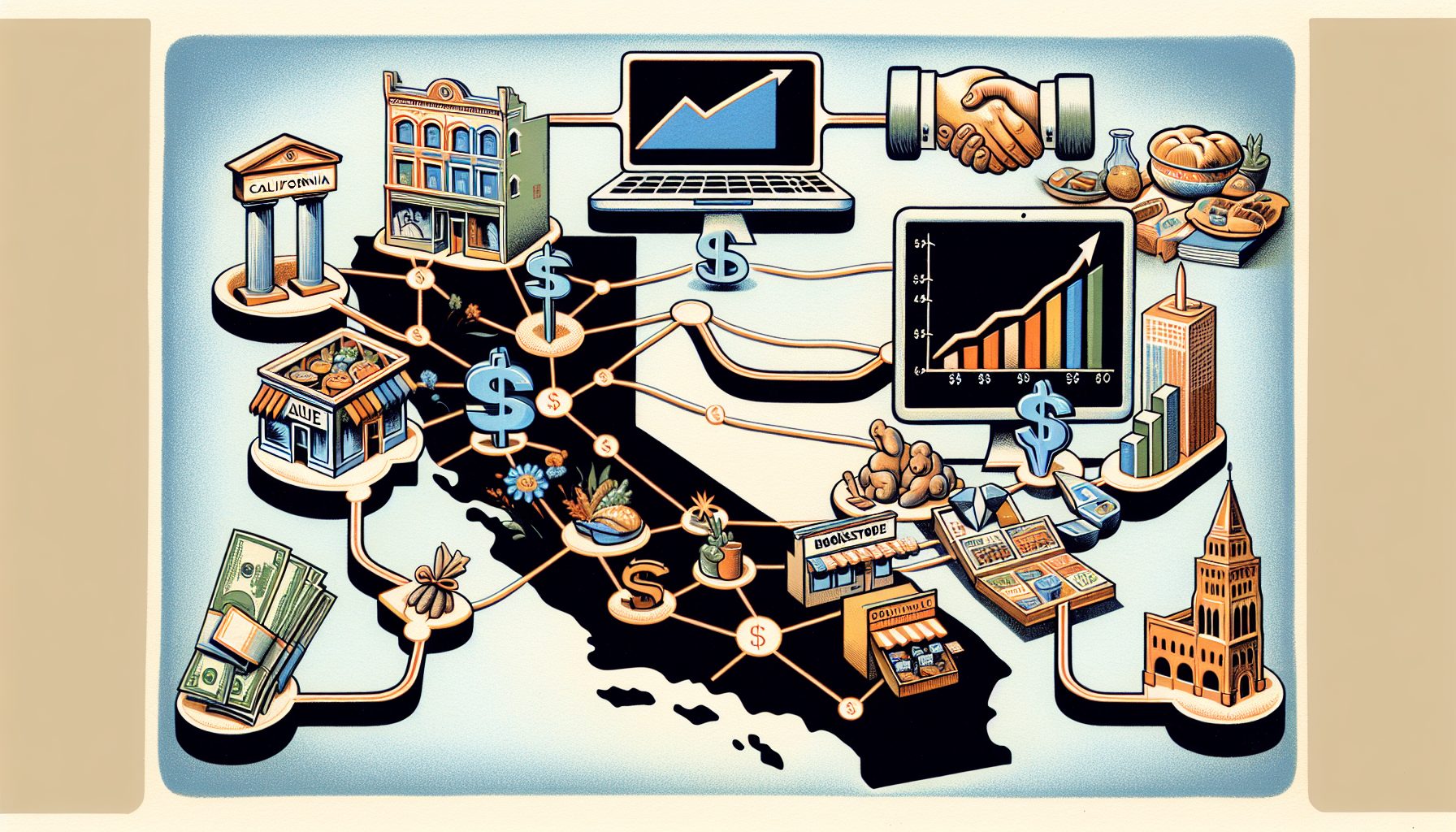Get big fast: That was a mantra of late—and not-always-so-great—1990s Web mania. Growing quickly then meant hiring lots of people and burning through scads of cash without a clear idea how sales would materialize.
These days, fast-growing companies need to demonstrate real revenue, from real customers, or they’ll get yanked short by investors like a yippy dog at the end of its leash.
To identify the 50 companies that have experienced the quickest near-term growth, Baseline compiled a list of 304 publicly held software companies from multiple sources. The research was initiated in mid-2006 after all of the firms had filed reports for their most recent fiscal years, several of which ended in March.
The companies were then ranked based on year-to-year revenue growth from 2004 to 2005, or the closest 12-month periods within a quarter (see How We Ranked the Top 50).
 Click here to see the 50 Fastest-Growing Companies rankings
Click here to see the 50 Fastest-Growing Companies rankings
One common thread for those at the top is that most don’t actually sell software in the traditional sense—rather, they sell software as a service, in an “on-demand” model.
Of the top 10 companies, eight have software-as-a-service models: Click Commerce, Omniture, Synchronoss Technologies, Open Solutions, Salesforce.com, WebSideStory, Viewpoint and Kintera. Most of the others on the list, however, are more conventional software vendors. In all, 18 of the 50 offer hosted software services.
“On-demand is the right way to buy software,” says Michael Ferro Jr., CEO of Click Commerce, a provider of supply chain management software and the No. 1 company on our list with 128% year-to-year growth. “Especially for our market, you have to touch outside constituents, so most people don’t want it inside their four walls anyway.”
Of course, growing quickly has obvious challenges. Business processes often must be improvised or managed on the fly, says Josh James, CEO of Web analytics company Omniture—No. 2 on our list, with 108% annual revenue growth. “Growing fast is an art form,” he says. “You have to feel comfortable with the feeling that the wheels are about to fall off.” The priority, James says, is keeping customers happy.
Most of the 50 Fastest-Growing Software Companies grew through acquisition: 36 of the 50 bought one or more firms that contributed to total revenue growth. The biggest example, in terms of sheer numbers: Symantec (tied for No. 16), which boosted revenue 60% for 2005, to $4.1 billion, after it acquired storage software vendor Veritas Software in 2005.
Note that fast growth doesn’t mean a company is healthy, or that it can sustain its momentum. Some rapidly expanding firms sacrifice near-term profits for future payoff by investing in company infrastructure; 17 of the 50 reported net losses for the 2005 period.
When dealing with a fast-growing—and potentially unstable—vendor, the rule of thumb is to look for a return on investment within 12 months, advises Andrew White, a research vice president at Gartner.
If the company has grown primarily through acquisition, he says, determine whether the company is a “collector” or a “consolidator.” A collector buys up other firms and milks them for maintenance fees. A consolidator, on the other hand, attempts to bring the pieces together into a unified product (e.g., Oracle’s plan to merge PeopleSoft, Siebel and J.D. Edwards technologies with its own).
Still, you can’t always judge a book by its cover. Ben Horowitz, CEO of Opsware (No. 14 on our list), a provider of network and systems management software, says a small, fast-growing firm should be judged on its merits—not the fact that it isn’t an Oracle-size behemoth: “The question you want to ask is, Does the little company have enterprise-readiness?”
Profiles of the Top 5 Companies
NEXT PAGE: How We Ranked the Top 50








